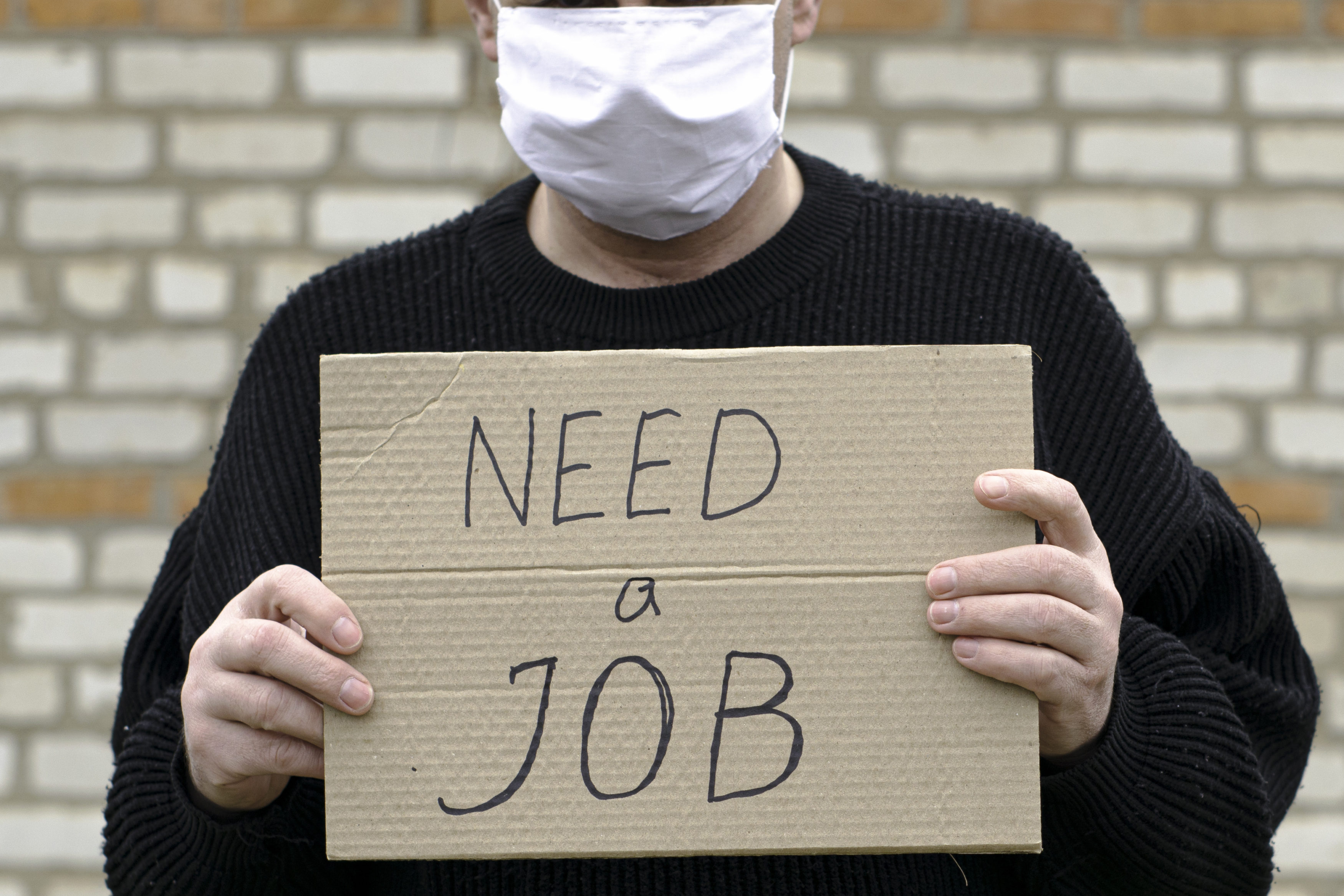
Florida’s unemployment rate dropped in October, reflecting the state’s continued push to reopen businesses during the coronavirus pandemic.
But the severe economic impacts of the pandemic will result in additional weeks of state assistance next year for jobless people.
The state Department of Economic Opportunity on Friday announced a 6.5% unemployment rate for October, down from a revised 7.2% in September. The new rate is based on mid-October data.
Since mid-March, the department has received 4.68 million jobless claims, and Friday’s report estimates 659,000 Floridians qualified as unemployed in October out of a workforce of 10.1 million. That was a reduction of 72,000 from the number of people who qualified as unemployed in September.
“What we are seeing right now is a trend of gaining jobs,” Adrienne Johnston, the department’s chief of the Bureau of Labor Market Statistics, told reporters Friday. “We actually gained a little bit faster in October than we had in the last few months.”
Johnston noted the report doesn’t indicate if people are returning to old jobs or finding new work.
The department on Friday also fixed Florida’s third-quarter jobless average at 8.6%.
That quarterly mark triggers an additional seven weeks, from 12 weeks to 19 weeks, in which jobless Floridians next year will be able to draw assistance.
State law holds the number of weeks at 12 when unemployment is at or below 5%, with an additional week added for each 0.5 percentage point above 5% in the third quarter of a calendar year.
The state pays a maximum of $275 a week, among the lowest amounts in the nation. The extension announced Friday does not change that maximum payment amount.
Sen. Linda Stewart said Friday the extra weeks are needed, but more still needs to be done, particularly for tourist-dependent Central Florida. Stewart and other Democrats have repeatedly called for Gov. Ron DeSantis to take additional steps to try to prevent the spread of the virus and to fix problems in the unemployment system.
“The Governor’s reluctance to take the measures necessary to bring down the infection rate means the virus is running this economy, not him,” Stewart said. “While I don’t think anyone is going to turn down that additional $275 per week for seven more weeks, my fear is that after those additional weeks, those who have lost their jobs are still going to be in the same sinking boat.”
Travel and leisure-related businesses showed the biggest monthly gains in the new report, but their recovery still lags. Areas most dependent on tourism — Osceola, Orange, Miami-Dade and Broward counties — retained the highest unemployment rates.
State economic development officials highlighted the state gaining more than 61,000 private-sector jobs from month to month.
In a prepared statement, Department of Economic Opportunity Executive Director Dane Eagle said business leaders and economic-development officials are focused on “Floridians returning to the workforce and helping to rebuild our great economy.”
The state’s workforce decreased by 14,000 in the month-to-month estimates and is down 314,000 from a year ago, when the jobless rate was 2.9% and the state didn’t face an economic crisis brought on by the pandemic.
The September unemployment rate was initially announced at 7.6% but was revised to 7.2% on Friday. With the revision, the estimate of people out of work in September fell from 770,000 to 731,000.
In the new report, businesses in the leisure and hospitality industries in October gained 29,600 jobs, of which 21,100 were in accommodations and food services.
However, leisure and hospitality have still lost the most jobs in the past year, down 198,500 positions. And looming end-of-the year layoffs, topped by the more than 18,000 announced by Walt Disney Co. for its Florida properties, won’t be reflected until January unemployment reports.
The category of professional and business services, which added 13,000 jobs from September to October, remains 49,100 jobs below a year ago.
The category of transportation and utilities, which added 6,000 jobs over the month, is down 37,700 positions from a year ago.
Jobs in construction were up 2,900 in the month, but are still off 10,500 for the year.
The highest unemployment was found in the Orlando-Kissimmee-Sanford metropolitan area, at 8%, followed by a 7.7% rate in the South Florida region encompassing Miami to West Palm Beach.
The Tampa-St. Petersburg-Clearwater region was at 5.6%. The Jacksonville metropolitan area stood at 5%.
The lowest unemployment mark, 3.9%, was found in the Crestview-Fort Walton Beach-Destin metro area. Next lowest was the Gainesville area at 4.3%, followed by the Panama City area at 4.6%.
Florida was one of 37 states with reduced unemployment rates announced on Friday, with the national rate now at 6.9%.
The rates went up in Arizona, Kentucky, Louisiana, New Jersey, North Dakota, Oklahoma, Tennessee and Wisconsin.
____
Republished with permission from the News Service of Florida.



